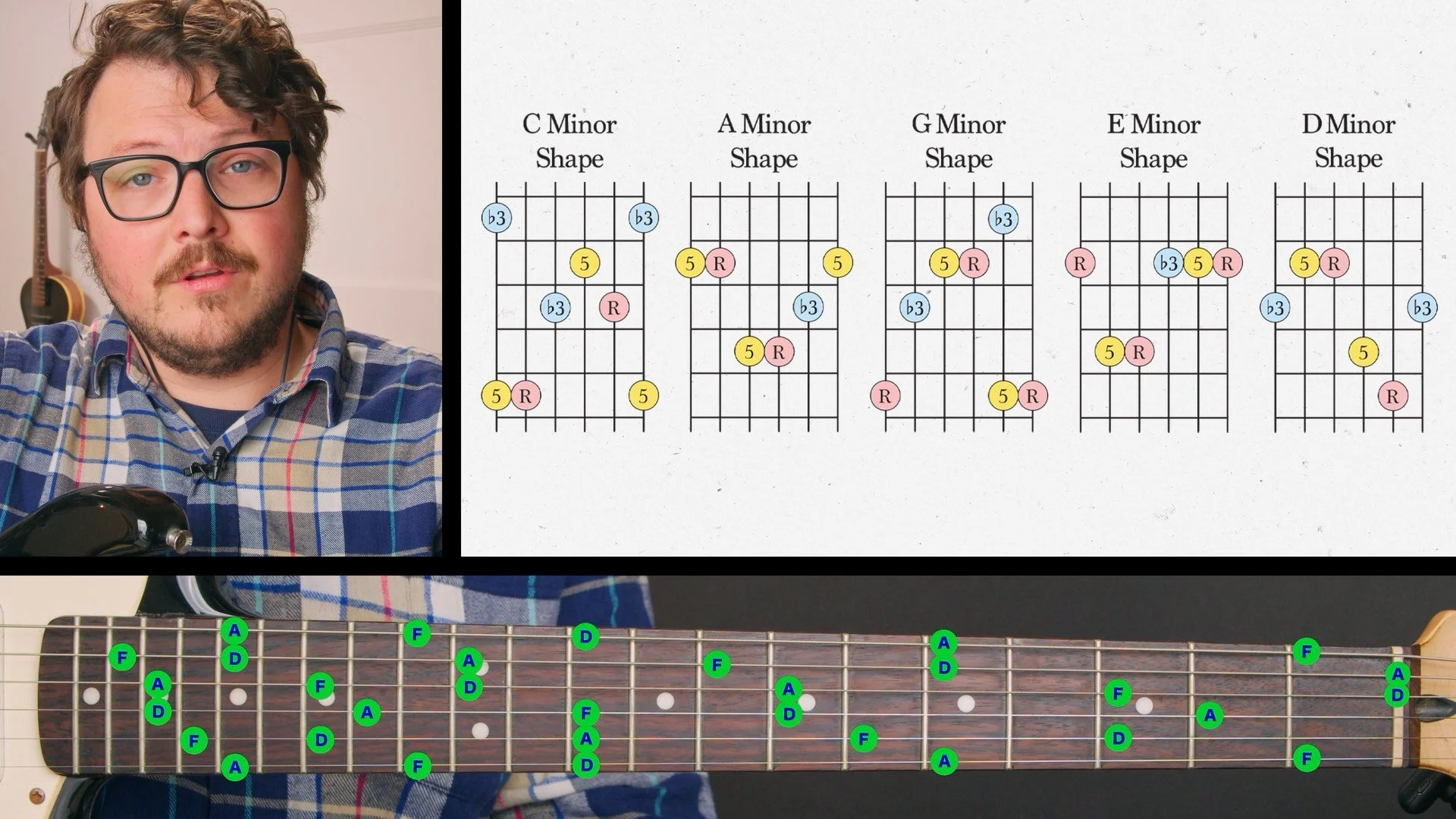Don’t Aim For Normal
I've been trying to figure out a way to articulate this concept for a long time. And I don't think I did a perfect job in this video, but I think I get my point across.
BUT I'm going to reiterate this idea here anyway -
Basically, I'm trying to contrast these two ideas:
1. Everyone want's to know what "normal" or "standard" is when they pursue a new job, a new hobby, a new skill, etc. This is a good, healthy, thing to do! People tend to do this when learning music too, which isn't inherently a bad thing to do...
HOWEVER,
2. When it comes to being a musician, our favorite artists are not known for being "standard" or "normal." They are known for pushing a style to a new level, pushing a technique outside of what is standard, adding layers and new ways to look at music theory, helping people question what "normal" is.
So how do we balance these things? Or, maybe a better question is why do we balance these things?
The number 1 reason this is important is because of BURNOUT.
For those who aren't familiar with the concept, burnout often occurs when you've pushed yourself too hard for too long, or you've spend too much time doing something you don't enjoy or that feels exhausting for you.
Musical burnout can happen when you focus too much on "things I think I'm supposed to learn" and not enough time on "things I'm really excited to learn."
In my opinion, the best way to avoid burnout is to make a list. Start by making this list one time, but likely you'll want to make this list over and over so you can continuously course correct.
Here is the list: On one side, list the things you think you're probably supposed to learn. On the other side, list the things you're REALLY excited to play - however general or specific.
Then ask yourself "what steps can I take toward fulfilling the things on the EXCITING list?"
THEN ask "are the things I feel obligated to learn keeping my from focusing on the stuff I'm excited to learn?" OR "Are the things I feel obligated to learn making me feel exhausted?"
My philosophy when it comes to learning music is simple: Everything helps with everything
What I mean is, anything musical you're curious about, excited about, or just sounds fun is going to be something that keeps you actively engaged in music. If you're interested in bass guitar, TRY it out! You don't have to say "maybe I should get better at guitar first."
The most exaggerated example of this kind of thinking that I've heard MORE than once is the phrase "if I want to learn guitar, should I learn piano first?" The answer is NO! This kind of thinking sounds productive, but it leads to burnout. just focus on the things that sound fun now, because those are the things that will keep you wanting to pick up your guitar every day.
The one exception I mention is this: if you want to understand what you're doing, play with other people, write music OR just write your own parts in a band setting or recording studio - music theory is the common thread for ALL genres, all styles, etc. It's very important to learn and thats why I focus on it.
Read More




















